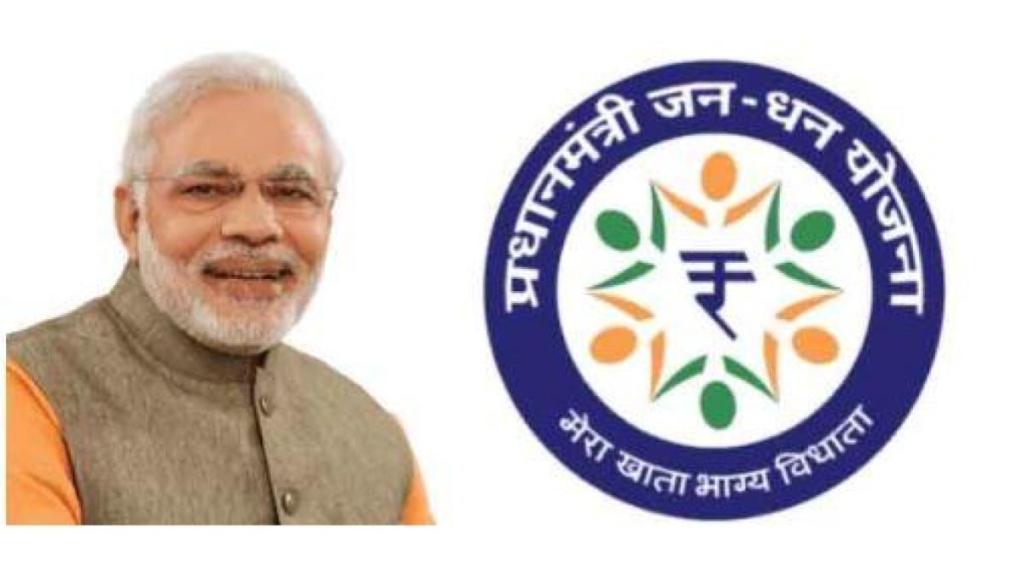By Anil Padmanabhan,
A day before the 10th anniversary of the launch of Jan Dhan or no-frills bank account, Reserve Bank of India Governor Shaktikanta Das signalled the nearing roll-out of the Unified Lending Interface (ULI), a digital innovation that looks to put into production universal access to credit.
“Last year, we launched the pilot of a technology platform which enables frictionless credit. From now on, we propose to call it ULI. This platform facilitates seamless and consent-based flow of digital information, including even land records of various states, from multiple data service providers to lenders. This cuts down the time taken for credit appraisal, especially for smaller and rural borrowers,” Das said on Monday.
Effectively, after solving the challenge of being the most unbanked nation 10 years ago — the proportion of banked adults grew from 30% in 2014 to 80% at present — India is poised to address the lack of universal credit. Its strategy of investing in digital public infrastructure by developing Aadhaar is paying off. Among other things, it enabled banking the unbanked.
The launch of Aadhaar, India’s first digital public good (DPG), in 2009 solved the fundamental problem of identity. Once it was given statutory recognition in 2016 and the guardrails for protecting data were in place, Aadhaar became the foundation for digital innovation based on open networks — as opposed to the walled-garden approach adopted by Big Tech that denied interoperability among platforms and thereby severely restricted consumers.
Its first use in doing public good at scale was in implementing the Pradhan Mantri Jan Dhan Yojana (PMJDY), especially after the government-enabled eKYC which made it possible to onboard new customers online.
These bank accounts, free of cost to the customer, have proved to be a game changer for financial inclusion. Statistics shared by the ministry of finance reveal: more than 531.4 million beneficiaries banked since 2014; 55.6% Jan Dhan accounts are owned by women; in rural India, the proportion of bank accounts held by women is even higher at 66.6%; 361.4 million PMJDY accounts now have RuPay debit cards.
According to a research paper published by the Bank for International Settlements (BIS), the bank of central banks headquartered in Basel, Switzerland, this scale of financial inclusion will normally take a country 47 years to achieve.
It would also require a country’s per capita income to grow from $5,000 to $20,000. India achieved this makeover in nine years and its per capita income grew from around $1,500 to $2,700. The BIS paper argues that PMJDY reduced the exclusion of marginalised groups, particularly women.
“The increase in financial inclusion was also accompanied by a sharp reduction in the exclusion of marginalised groups more generally. The gender gap — the difference between the shares of men and women with a bank account — diminished from 17% in 2011 to 6% in 2017. Similarly, the inclusion difference between those in and out of the labour force fell from 18% to 9%; between those with secondary education and those without from 29% to 10%; and between rich and poor from 14% to 5%. The gaps are now all less than world levels.”
The political economy of this achievement is very significant: In 10 years 500 million people have gone from being outside the formal economy looking in to become stakeholders in the Indian economy and invested in its growth.
The government accelerated this process of empowerment, by combining an individual’s Jan Dhan account with their Aadhaar and mobile. This trinity was given a moniker: JAM. What JAM did was to triangulate a beneficiary to target social welfare spending, akin to creating an economic GPS to directly transfer the funds to an individual’s bank account. In 10 years, the government has transferred Rs 38.49 trillion.
This Direct Benefit Transfer (DBT) also cut out middlemen and reduced leakages. Cumulatively, the Union government has saved a staggering Rs 3 trillion. More importantly, DBT restores the trust quotient of beneficiaries in the system.
At the same time, by operating these accounts, the previously unbanked are creating credit history — setting the stage for accessing credit, using the ULI framework proposed by the RBI governor.
The author is a senior journalist. Views expressed are personal.


